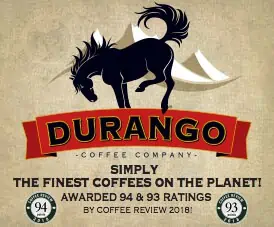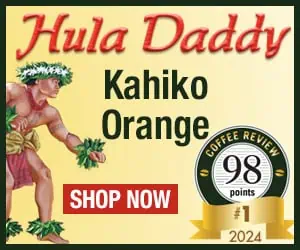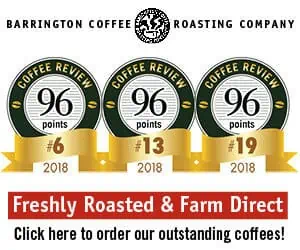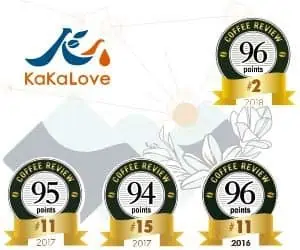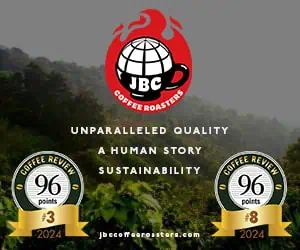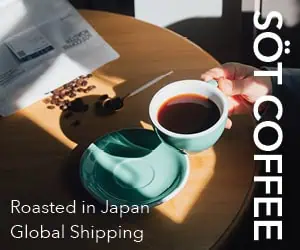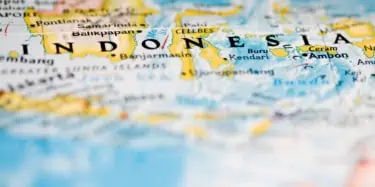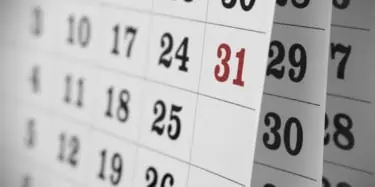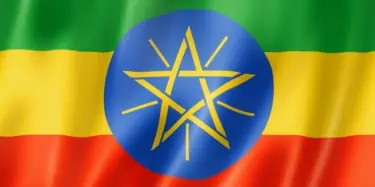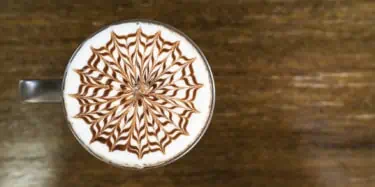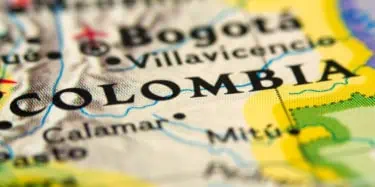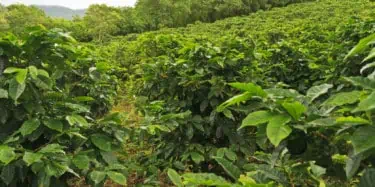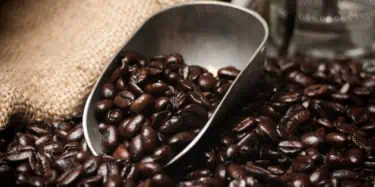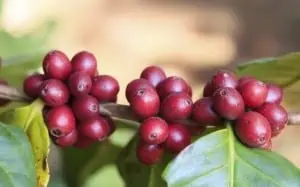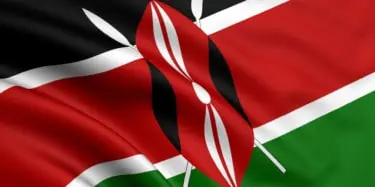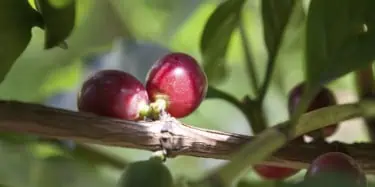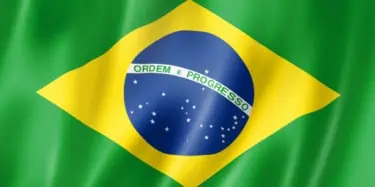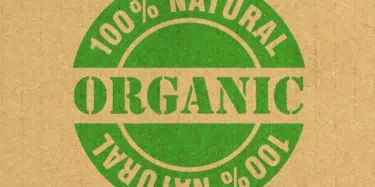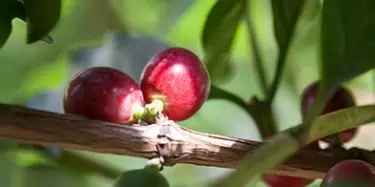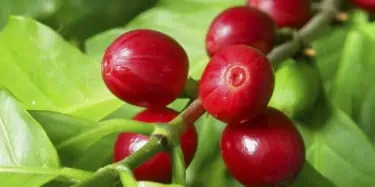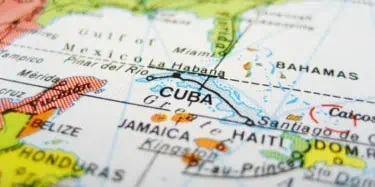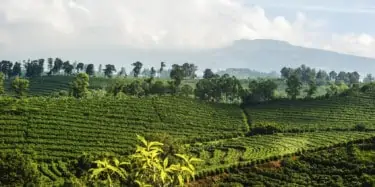An assortment of intrigues and questions animate this month's panel cupping of coffees from the eastern islands of the Malay Archipelago: Papua New Guinea, Timor, and Java. Among those questions and intrigues: Papua New Guinea estate-grown coffees are among the up-and-coming challengers in the world of fine coffee. How good are the best estate-grown Papua New Guineas? Can they match the drama
Tasting Reports – Most Recent
Coffee Review has published more than 250 monthly coffee tasting reports since February 1997. The most recent tasting reports appear below in reverse chronological order. You may narrow your search by category from the main navigation drop-downs or by using the key word search feature that appears in the page header. The content in tasting reports and associated reviews was correct at the time of publication but may not remain accurate over time.
Supermarket Coffees
Twenty years ago the line was clear between specialty coffees and "commercial" coffees. Specialty coffees were sold whole-bean, freshly roasted, in stores that offered their customers a wide range of choice in roast style and origin. Commercial coffees were represented by the almost identical contents of cans lined up like fat little percolator-ready soldiers on supermarket shelves. Obviously,
Coffees of the Millennium
Coffees of the millennium may sound grandiose (what's next, skateboards of the millennium?), but the more I considered the idea the more persuasive and interesting it became. After all, coffee's profound appeal to the human palate and nervous system literally helped constitute the modern world. As one of the world's most actively traded commodities (second in value behind oil), coffee has been a
Holiday Coffees
The word holiday attached to a coffee presumes one of two related functions: Either you drink it at your celebrations or give it to someone else to drink at their celebrations. Roasted coffee is not something you save for next year. Coffee is an existentially authentic gift; it lives in the now. The eleven coffees sent to us by eight roasters fall into two further categories: special
Wet-Processed Ethiopia Coffees
An interesting trivia question to ask people is where coffee originated. Virtually everyone looks confused, and, when pressed, usually tries a Latin-American country: Colombia, say, or Brazil. Of course, Coffee arabica, the species that produces all fine coffees, originated in the highland forests of Ethiopia, in the Horn of Africa. The arabica tree, which still grows wild in the middle tier of
Single-Store Roasters
Specialty coffee started with a single-store roaster. Or maybe three or four. Alfred Peet's famous Vine Street store in Berkeley had a little Royal roaster in back of the counter when I first visited it in 1970, the pipe rising precariously (and crookedly, if I remember rightly) toward the high ceiling. Across the Bay in San Francisco Freed Teller & Freed had been roasting in the back room of
Colombia Coffees
Colombia is the paradox of specialty coffee. Its 100% Colombia campaign, initiated decades ago and still rolling, is a model of successful coffee organization, institutional persistence, and savvy marketing. Colombia remains the world's only premium single origin able to compete successfully in the world of commercial roast-and-ground canned coffee. And the Colombia Federation of Coffee Growers is
New Crop Guatemala Coffees
Guatemala is rivaled only by Kenya as coffee insiders' favorite origin. The terrible ravages of decades of brutal civil war have ironically helped preserve that position, since those years of disorder discouraged the technification of Guatemala coffee, meaning the replacement of heirloom, shade-grown varieties of Coffea arabica with hybrid, full-sun varieties heavily dependent on chemical
Extreme and Not-So-Extreme Dark Roasts
I often am accused of "not liking" dark-roasted coffee. Whereupon I try to explain that what I don't like are bad dark roasts: thin-bodied, burned dark roasts. Tactfully developed dark roasts, those in which the sugars have been caramelized rather than burned and in which enough fat survives to smooth the cup, are fine with me. And if some nuance also survives, or better yet, transforms in some
A Dozen Keepers
The twelve coffees reviewed here represent a sort of best-of-category selection of coffees that have made their way to my table over the last couple of months. The four Hawaii coffees are new offerings from this past winter's 1998/99 crop, as is the Jamaica Blue Mountain. The three blends are either new to everyone (The Roasterie's Fifth Anniversary Blend) or new to me. The Allegro Yemen, the
Indonesias and Papua New Guineas
Sumatra probably became America's favorite Indonesia coffee because in the early days of specialty coffee it seemed the most distinctive origin from the region: heavier and richer than Java, twistier and more complex than Papua New Guinea, a bit more consistent and accessible than similar coffees from Sulawesi. And back then, East Timor, the source of two of the Indonesia coffees in this month's
Kenyas and Other East Africas
Specialty coffee professionals tend to be protective of Kenya. For one thing, it remains the world's single most consistent source of superlative coffee. And Kenya is superlative in the particular ways American specialty professionals define superlative: alive with the dry, vibrant sensation called acidity, fruity without cloying sentiment, big and resonant.Furthermore, most specialty folks admire
New Crop Sumatra Coffees
Back in 1975, when I wrote my first book on coffee, Sumatras were a revelation: long, tawny-colored beans with a wonderful deep-toned, bass-tickling richness. The cup was heavy, but alive with fruit and smoke. The bags came marked with sonorous names like Mandheling and Lintong. It was easy to project Conradian into those names and that dark luxuriousness. Those archetypal Sumatras I first
Brazil and Brazils
Evaluating coffees apart from the people who grow them is sometimes difficult. It becomes particularly difficult when the people in question are as charming and lavishly hospitable as the Brazilian growers whom I visited last month. I ate very well, shared much generous laughter, and here and there cupped some very impressive coffees. I was moving in the learned wake of George Howell, whom some
Holiday Gift Coffees
Holiday coffees pose a challenge to both buyer and seller. Coffee is one of the great habitual, everyday luxuries. Holiday gifts, on the other hand, are supposed to be exceptional, not habitual, and not everyday. That conflict leaves roasters scrambling to find plausible ways to cash in on the holiday buying debauch with coffees that appear unique to the season, while consumers try to figure out
Single-Origin Organic Coffees
The specialty coffee business was founded on a sort of practical idealism. The great iconoclastic tradition of the coffee house, coffee's myth-embellished history as the beverage of the people, the anti-corporate stance of the early specialty coffee culture, all seemed to attract leaders who were interested in making a difference as well as in making a living. Some years ago, however, a couple
Best Sellers
The coffees that sell best in the American specialty marketplace often are not the same coffees that American specialty coffee professionals (and reviewers) would like to see sell the best. It occurred to me to ask a selection of regional roasters for the coffees their customers prefer, as opposed to the coffees they prefer as professionals. Coffee Review staff members approached six
Twelve Hits from ’98
I've just finished washing the cups and brushing out the grinder after cupping about 180 coffees (including 35 or so espressos) from twenty distinguished American specialty roaster-retailers. The reason for all the cupping is explained elsewhere in this issue. It seems worthwhile, however, to report on a little of what I learned (or think I learned) during my marathon cupping. (The twelve
Caribbean Coffees
However closely Caribbean coffees resemble one another in their full, rounded coastal flavor profiles, their individual stories are quite different. The Blue Mountain coffees of Jamaica are among the world's most expensive, sought after by price-is-no-object romantics, while resented by many coffee professionals for their high price. The Yauco coffees of Puerto Rico represent a successful revival
Costa Rican Coffees
Costa Rica is one of those classic coffee origins that is respected but generally not fawned over. Although Costa Rica produces a variety of coffees, those that reach American specialty coffee menus typically are high-grown "Strictly Hard Bean" (SHB) coffees from growing regions near the capital of San Jose in the west-central part of the country. At best SHB coffees are distinctive in a way that

